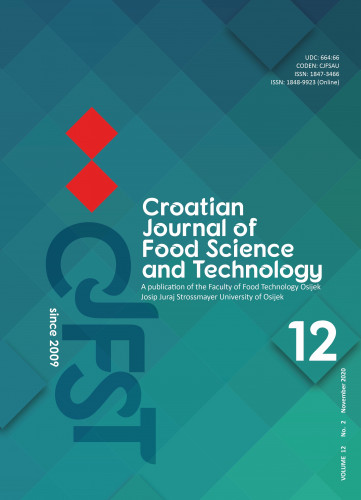Polyphenols are secondary metabolites of plants, commonly present in the human diet. Since they exhibit a wide range of bioactivities, polyphenols are extensively studied in the fields of nutrition and human health. Current studies have shown a high interest in determining the bioaccessibility of polyphenols, the amount of polyphenols that becomes available for absorption in the digestive tract. Bioaccessibility can be determined with the help of in vitro static gastrointestinal (GI) digestion models. In such a methodology, food samples containing polyphenols are subjected to a series of conditions that mimic the human gastrointestinal tract, with associated parameters. A high number of GI models with slightly different parameters were published. The purpose of this paper is to review the literature, focusing on the determination of polyphenol bioaccessibility and the parameters used in these GI digestion models, such as time, temperature, and pH of digestion, as well as enzyme concentrations. Gastrointestinal digestion models consist of oral, gastric and small intestine phases. These models provide a simple and reliable methodology which enables insight into the amount of bioaccessible polyphenols.
Sažetak

 Croatian journal of food science and technology : a publication of the Faculty of Food Technology Osijek : 12,2(2020) / editor-in-chief Jurislav Babić.
Croatian journal of food science and technology : a publication of the Faculty of Food Technology Osijek : 12,2(2020) / editor-in-chief Jurislav Babić.